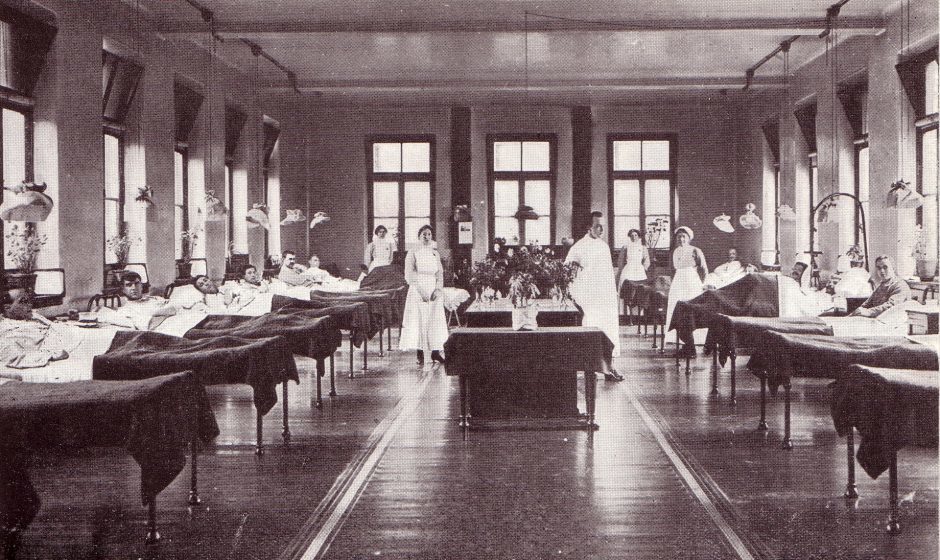
Dundee author Derek Byrne was walking through the Eastern Cemetery when a headstone inscription caught his eye.
It was the grave of Great War veteran David Mitchell King.
He was fighting at the front with the Royal Fusiliers and returned to Dundee from France on leave in January when he became ill.
He was admitted to the Dundee War Hospital.
Private King died on March 26 1917 from tonsillitis and kidney failure.
“I had never heard of a war hospital in Dundee and I was interested,” said Derek.
“I then reflected on David King and the age on the headstone.
“It reminded me of the Eric Bogle song, No Man’s Land where the soldier, whose grave the writer is sitting at, was also 19 when he died.
“On looking further into the life of David Mitchell King, he was born on August 31 1898 at Ochil Cottage, 4 Lynnewood Place, just a two-minute walk from where I live.”
The die was cast.
Derek wanted to find out more about Dundee’s home front hospitals.
It sparked the idea for a book.
Dundee War Hospitals during the Great War 1914-1918 was the result, and it looks at the history of these buildings, which cared for wounded troops.
Maryfield Hospital
The Eastern Hospital, later known as Maryfield Hospital, opened in 1893.
It was the main war hospital for the city.
What happened there is shrouded in secrecy.
Derek said: “In March 1915 the military authorities informed the hospital the whole site would be taken under military control and the keys were handed over.
“On May 11, before the handover to the military was complete, the hospital received 27 sick and wounded patients from Ypres.
“After the military takeover was completed in July 1915, the admissions book for the war years is blank.”
Maryfield Hospital came under the control of the NHS in 1948.
It closed in 1976 after Ninewells Hospital opened.
Dundee Royal Infirmary
The foundation stone for what was to become Dundee Royal Infirmary was laid in 1794 on the north side of King Street with accommodation for 20 patients.
Towards the mid-1800s, construction of a new Royal Infirmary was recommended on a site near Dudhope Castle.
During the First World War, the DRI provided accommodation for 1,376 wounded soldiers.
Derek said a large proportion recovered and then returned to the front line.
“One victim of the war was the famous Dundee one o’clock gun, which was fired daily across the road from DRI from the grounds of Dudhope Castle,” he said.
“The gun was causing distress to the shell-shocked soldiers.
“They could not tolerate it and so it was silenced.”
The military hospital wing closed in 1919.
Dundee’s much loved but outdated hospital on the hill closed in November 1998 and was converted into apartments.
Caird Rest
Caird Rest was formally opened on May 16 1912 by Lord Provost Urquhart.
It was used as a Red Cross Hospital during the First World War with 60 beds.
“Caird Rest took the less seriously injured and ill patients,” said Derek.
“No register is still in existence but we know Caird Rest received patients from the first hospital train arrival at Dundee West Station on October 29 1914.”
Caird Rest closed as an auxiliary war hospital in March 1919.
It became a home for the elderly, with the last residents moving out in 1992.
Latterly, it was a restaurant, The Caird, which closed in 2022.
The Lodge in Broughty Ferry
The Lodge in Queen Street was from 1858 the residence of John Don, a merchant in the partnership of Don Brothers & Co.
After his death his eldest son, Robert Bogle Don, took up residence and placed The Lodge at the service of the Dundee branch of the Red Cross.
“The first admissions took place on October 29 1914 and included some Belgian soldiers who were injured in the defence of Antwerp,” he said.
“On November 23 1914 100 soldiers arrived directly from the front line at Ypres.
“One Belgian soldier, Jules Delval, was initially brought to The Lodge but then transferred to Dundee Royal Infirmary.”
He succumbed to his wounds and was buried in Barnhill Cemetery.
The Lodge was decommissioned in 1919.
It was transferred to the NHS in 1948 and converted to the Dundee Limb Fitting Centre in 1965, which was opened by RAF pilot Douglas Bader.
The limb-fitting centre transferred to Ninewells Hospital in 1999.
Cox Brothers’ School
In 1884, a well-equipped school was erected by the Cox Brothers in Lochee for children employed at Camperdown Works.
At the outbreak of war the Cox Brothers fitted out and equipped the school as an auxiliary war hospital and presented it to the Red Cross.
Derek said 110 injured or ill troops were brought to Dundee by hospital train in December and 20 were admitted to the Cox Brothers’ School.
“A journalist from the Dundee Courier visited the injured troops in the hospital after they were admitted following the Battle of La Bassée,” said Derek.
“They described it as a hard, punishing and continuous battle.
“The matron described the soldiers as a ‘fine set of fellows’ who spoke lightly of their experiences.
“A lot of press reports of battle casualties were delivered in a similarly positive way.
“Whether this was to keep the readers in a positive state of mind about the war or it was bravado on the part of the troops is hard to say.”
After the war, the building became the Camperdown Works Welfare Institute Hall for social events and is now used by the Boys’ Brigade.
Monifieth Red Cross Hospital
The hospital at Gerard Hall was set up by Annie Grace McLaren.
Gunner James Coutts was the first soldier and was admitted in November 1914.
“On January 10 1916 a soldier was admitted with shell shock,” said Derek.
“More of the conditions classically associated with the Great War appeared in the patient register as the conflict progressed.
“These included everything from trench foot to soldiers affected by exposure to poison gas and severe gun shot and artillery injuries.”
The register contains the names of 880 soldiers admitted to the hospital.
Monifieth Red Cross Hospital closed in February 1919.
Dundee Training College
Dundee Teacher Training College was the last auxiliary war hospital to open.
It was opened as a hospital in October 1918 and 44 cases were admitted following the arrival of a train that brought wounded soldiers to Dundee.
It remained a hospital until 1919.
Dundee Teacher Training College officially opened in October 1921.
Robert Watson-Watt, the driving genius behind radar, spent eight months there with his team during the Second World War before leaving for Dorset.
The Training College moved to Gardyne Road in 1976.
It’s now home to the University of Dundee Law School.
King’s Cross Hospital
King’s Cross Hospital opened in November 1889 in Clepington Road.
Derek said: “In 1915 two wooden pavilions were erected by the military for the admission of soldiers with infectious diseases.
“It is also worth noting that the smallpox hospital built in 1893 on a site about a mile west of the main site was reopened for three cases in the military.
“All three men recovered.”
In 1948 the NHS took over the site.
Since the 1990s most of the services have been transferred to Ninewells Hospital.
- Dundee War Hospitals during the Great War 1914-1918 is on sale now.
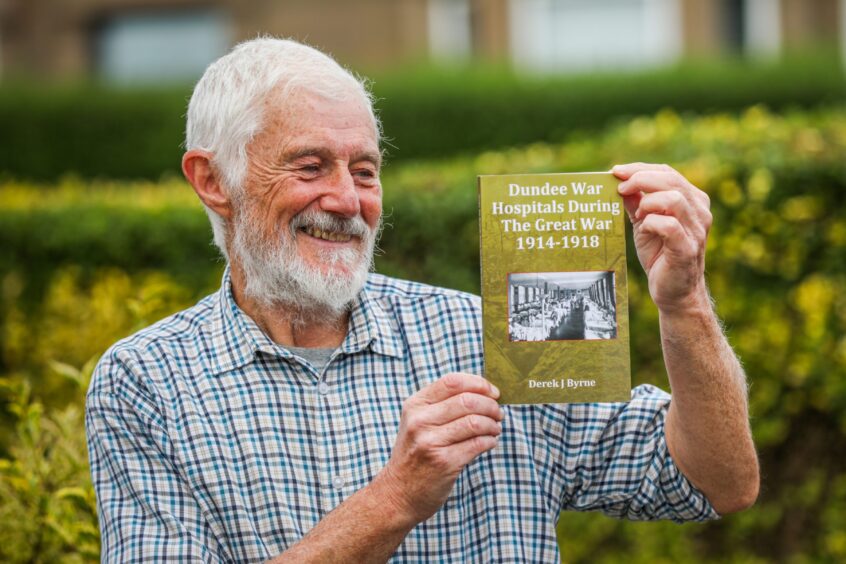
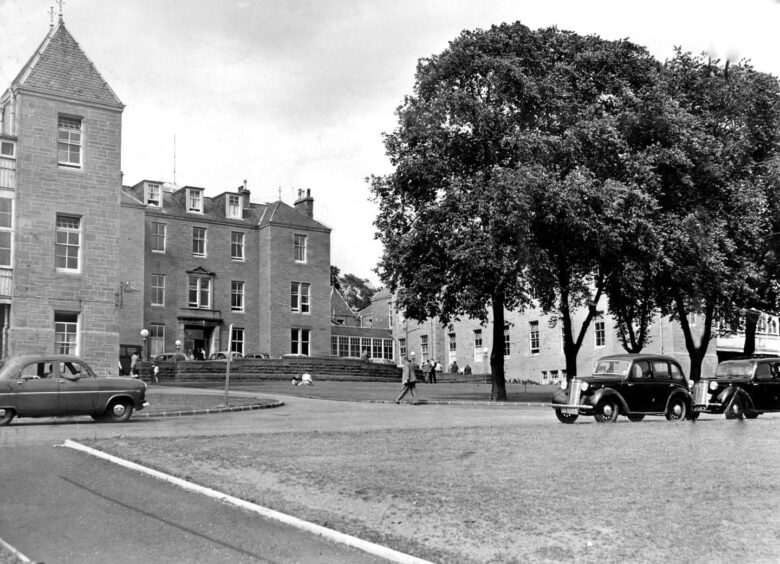
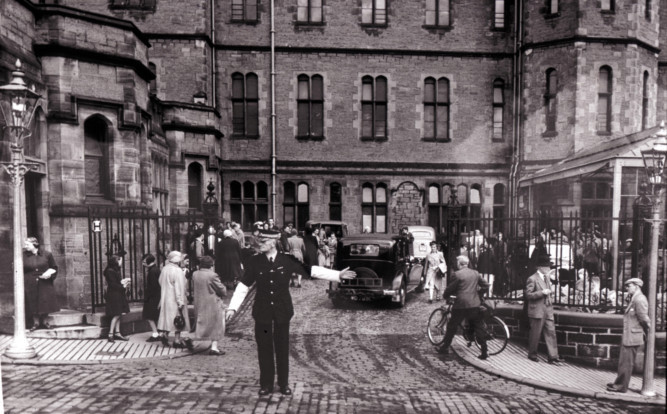
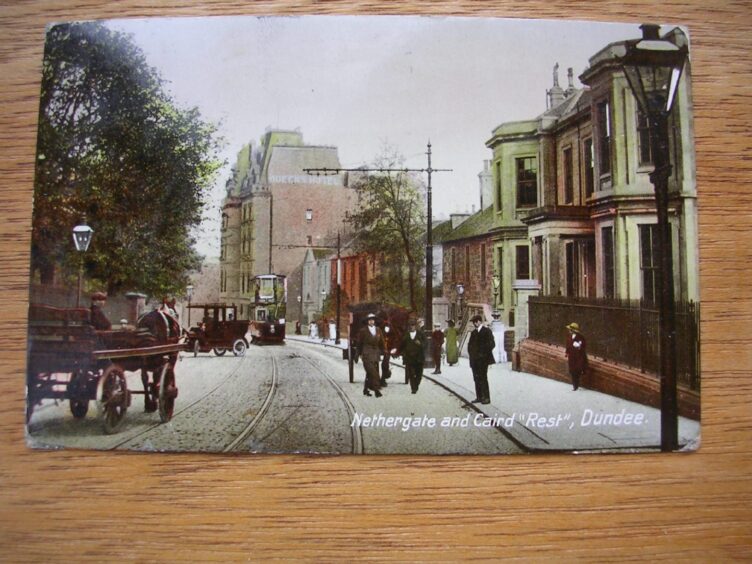
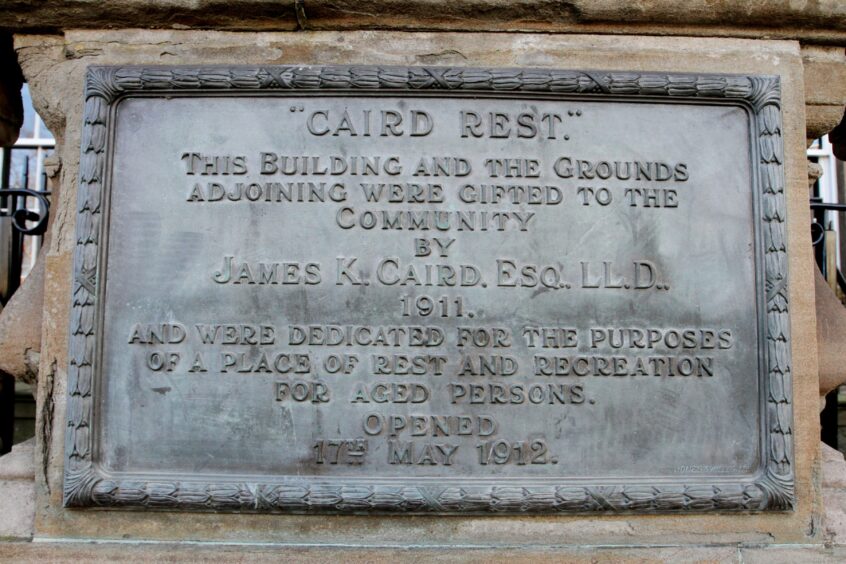
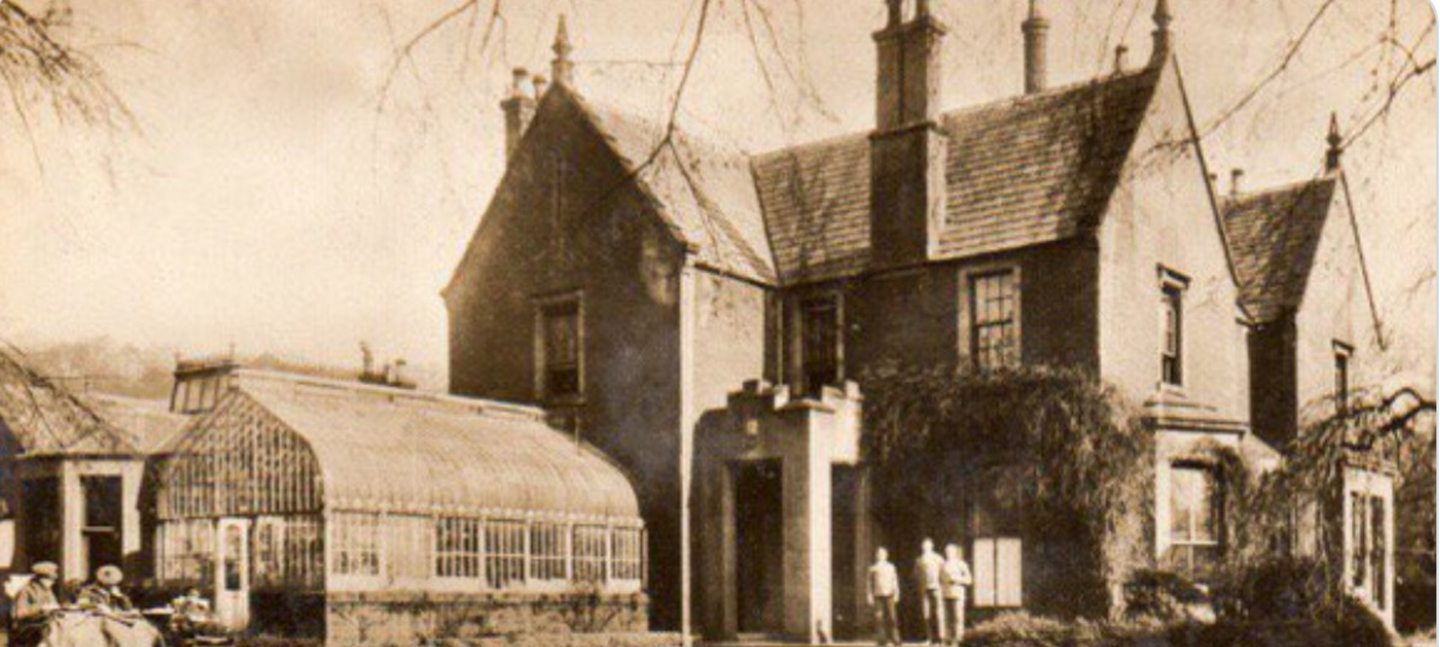
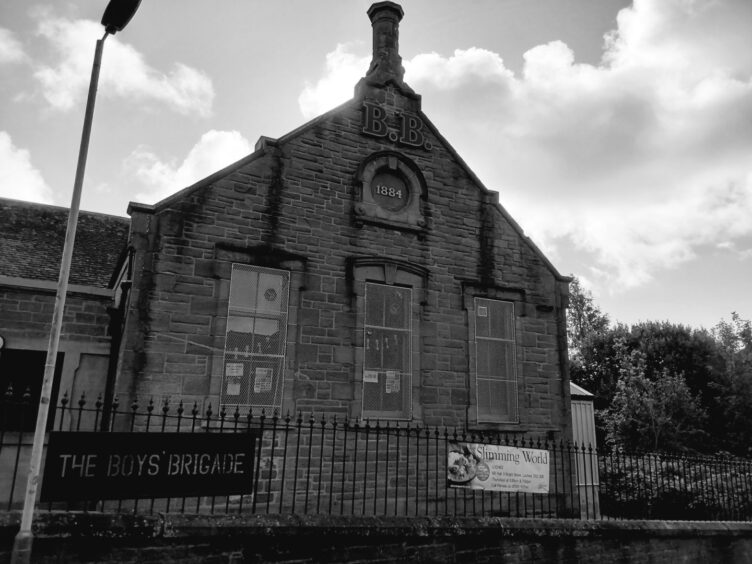
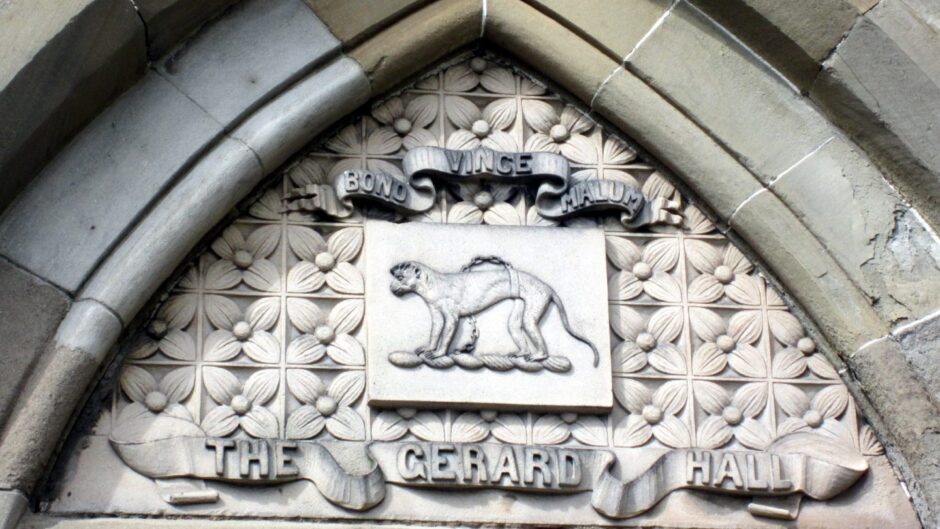
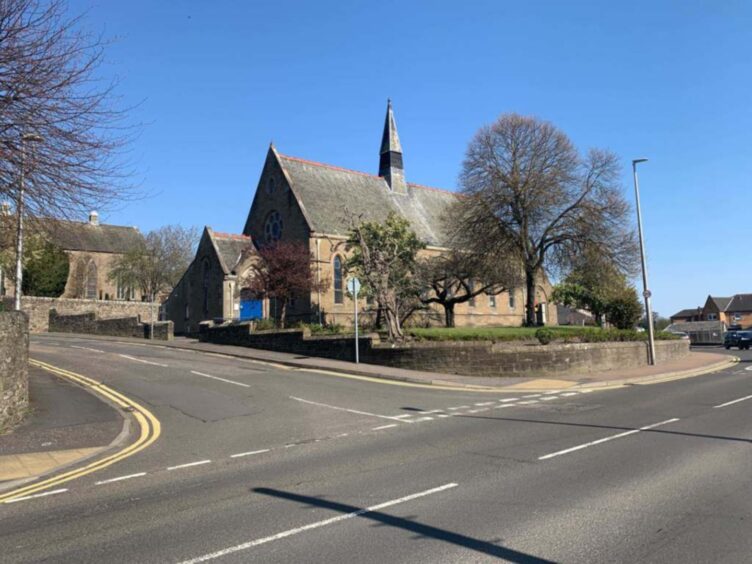
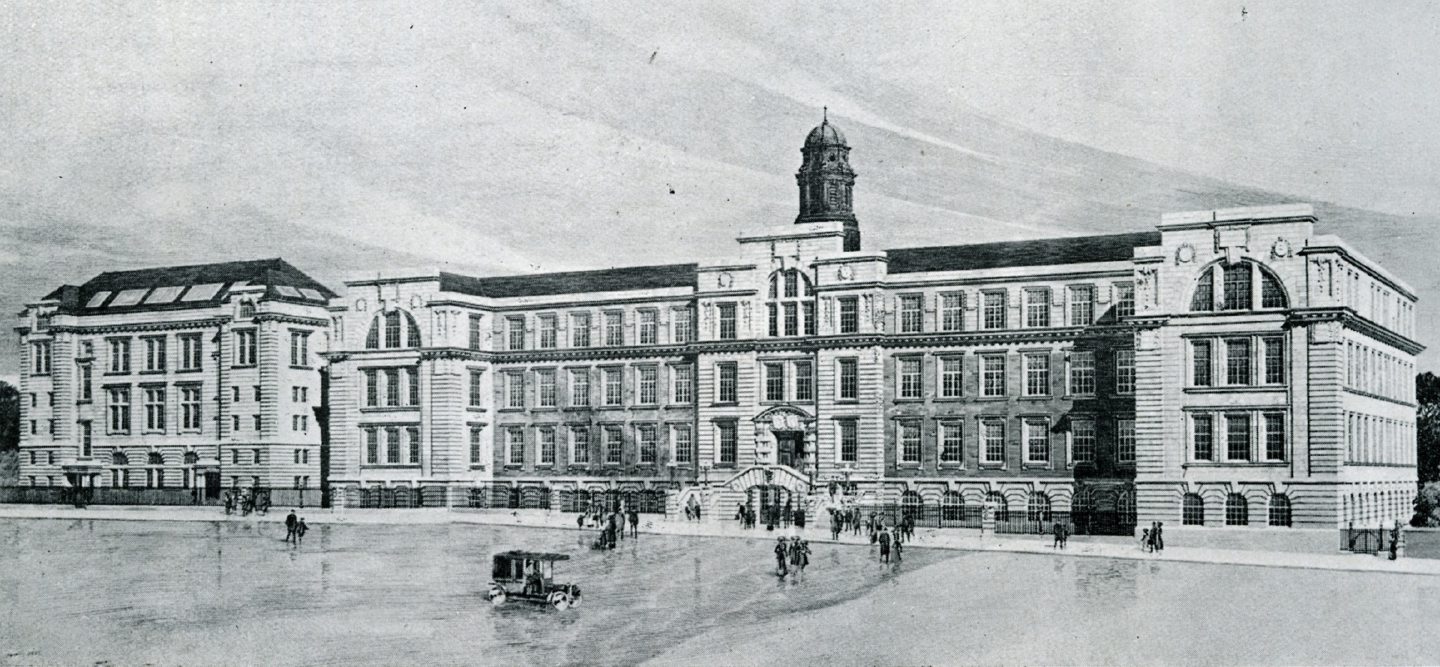
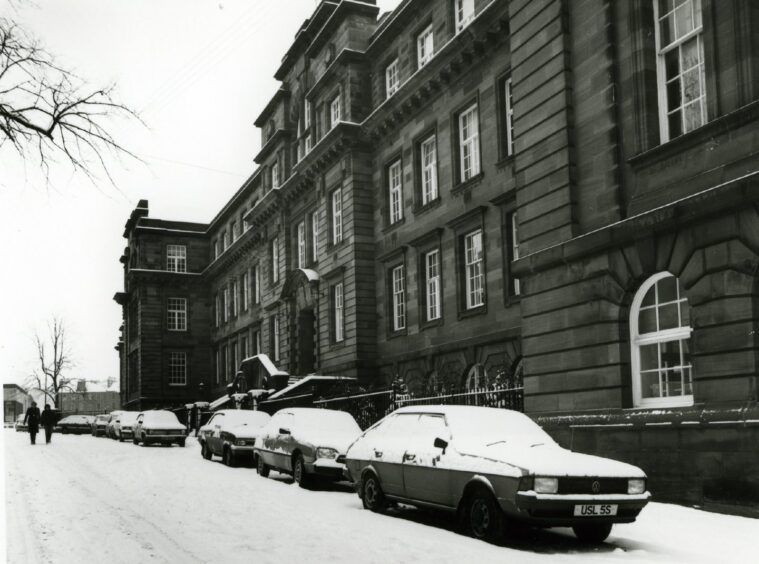
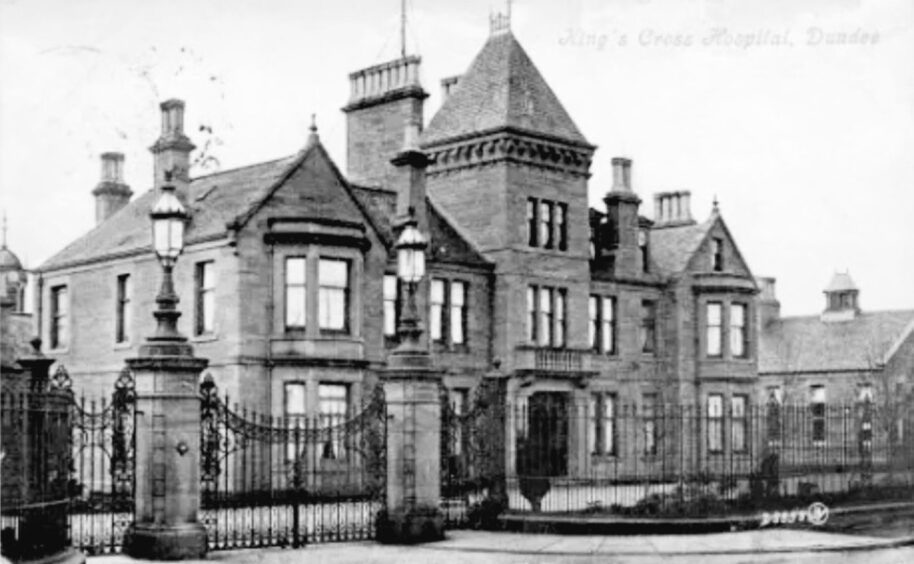
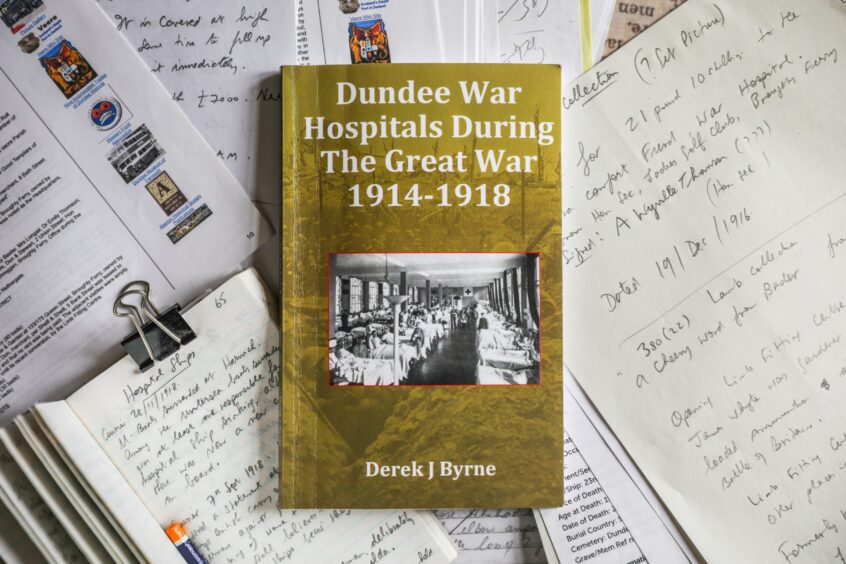
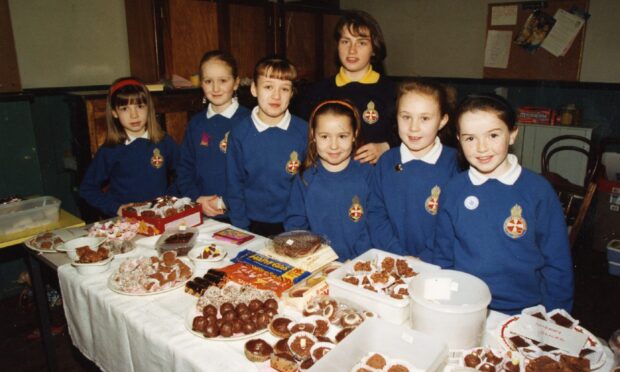
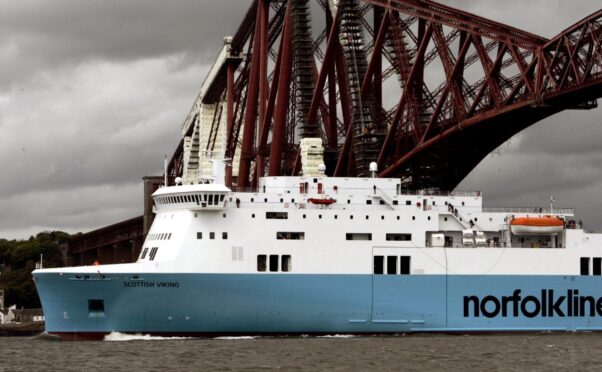
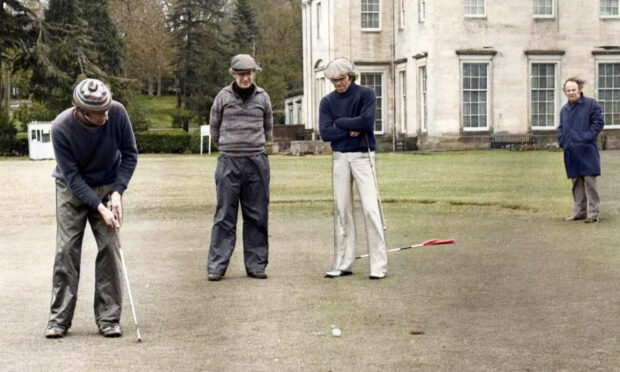
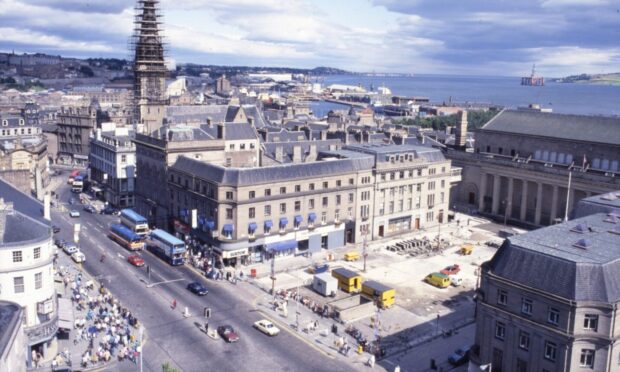
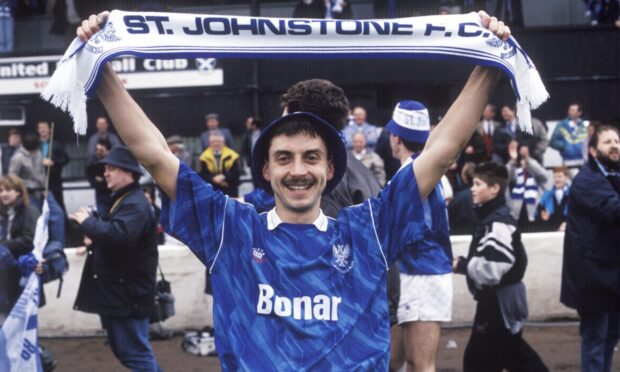

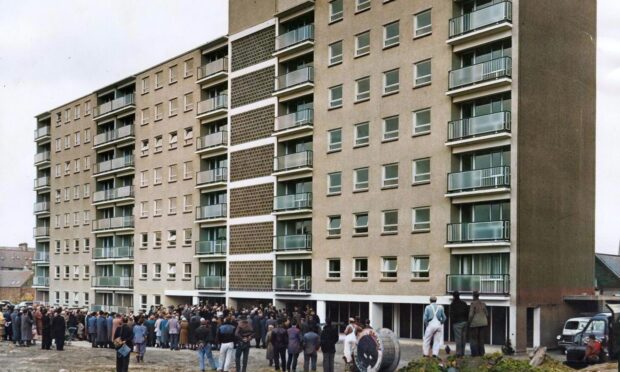
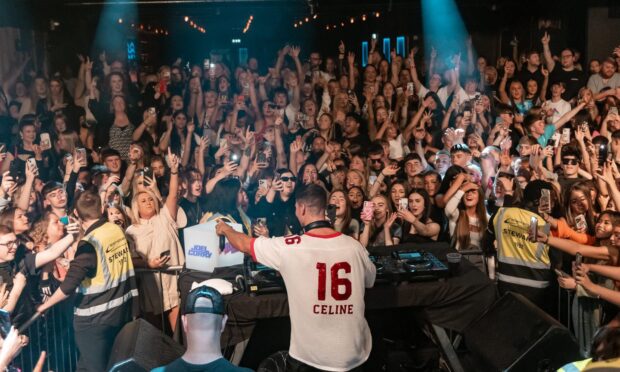
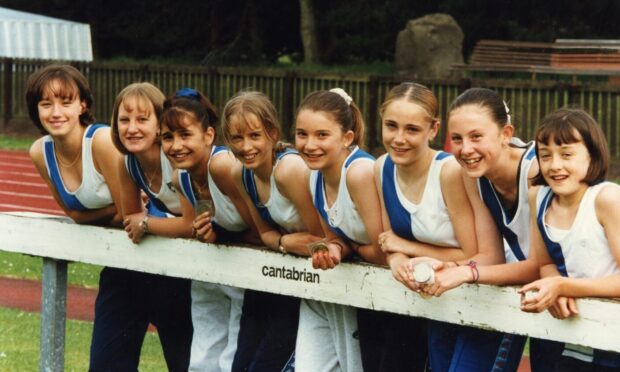

Conversation